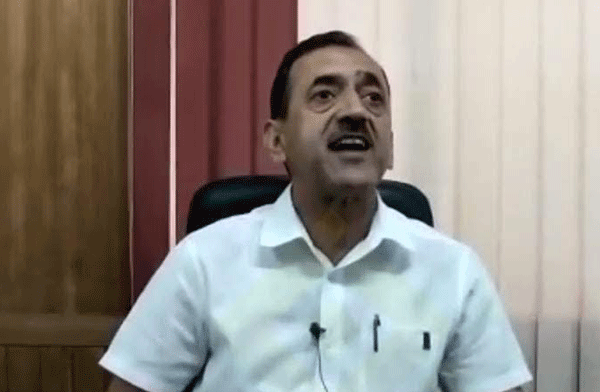HIMCOSTE report sheds light on factors contributing to Krishna Nagar and Lalkothi Phagli incidents
Shimla,Nov 29,
The Himachal Pradesh Government released a 33-page detailed report attributing the August 15 tragedies in Krishna Nagar and Lalkothi Phagli to various factors. The HIMCOSTE eight-member panel identified excess monsoon, Western Disturbances rainfall, overburden on carbonaceous material, clay, thick deposition of unconsolidated material, slope failure, debris flows, and open drains as major contributors.
The report highlighted Krishna Nagar as the sixth landslide location, where two slaughterhouse employees died, and five buildings above the slaughterhouse led to a massive landslide on August 15 at 5 pm. The geological features of the area, including Phyllites & Schists of the Jutogh Group, played a crucial role. The slope failure, debris flow, and uprooting of trees caused total building.
In the Krishna Nagar case, panel warned that slope is totally unstable due to thick debris cover and liable to be eroded away in future as well.
In the seventh major tragic incident, similar to Shiv Baouri, Lalkothi Phagli experienced a debris slide due to heavy rains below Shimla Railway Station. Five people died, and seven were injured as temporary shelters washed away. The Schists of the Jutogh group surrounded the in-situ rocks, and the black soil, likely carbonaceous material, resembled that in the Krishnanagar slide.
The panel warned of the area’s instability and potential erosion in the future, emphasizing the significant role of the open drainage system and springs in the upper catchments in contributing to disasters.
Empower Independent Journalism – Join Us Today!
Dear Reader,
We’re committed to unbiased, in-depth journalism that uncovers truth and gives voice to the unheard. To sustain our mission, we need your help. Your contribution, no matter the size, fuels our research, reporting, and impact.
Stand with us in preserving independent journalism’s integrity and transparency. Support free press, diverse perspectives, and informed democracy.
Click [here] to join and be part of this vital endeavour.
Thank you for valuing independent journalism.
Warmly,
Vishal Sarin, Editor





